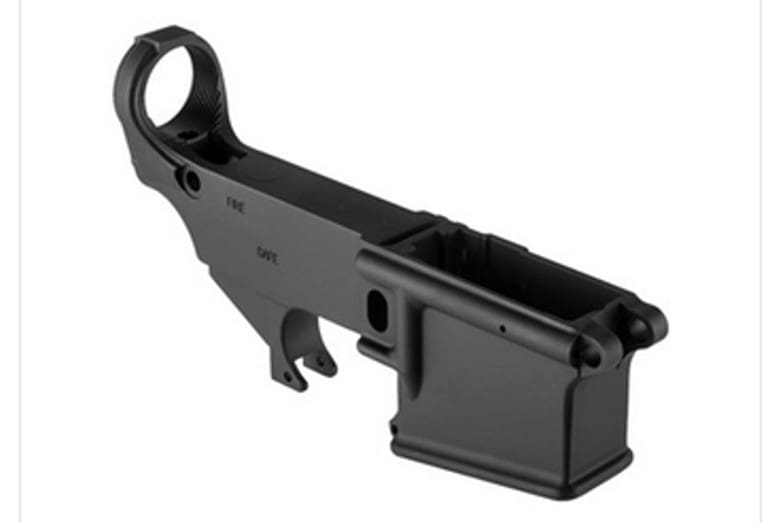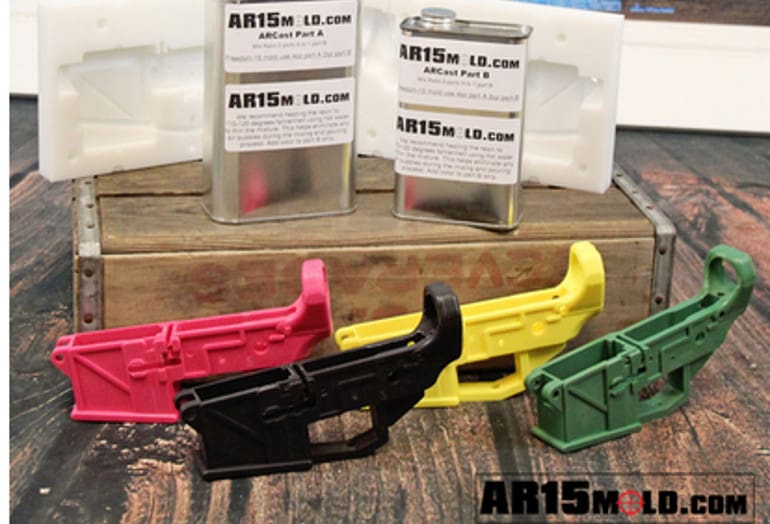It’s still very much legal to build your own firearms for personal use at home. Lots of shooters enjoy the process and many also appreciate the fact that their firearm doesn’t appear in any record or database.
If an AR-15 is on your build list, the normally serialized part of the rifle — the part that’s legally a gun — is the lower receiver. But this is something you can do yourself. There are at least five easy ways to make AR-15 receivers at home.

1. Purchase an 80% blank and finish it with a drill, files and a little patience. It gets easier with a Dremel type tool. Or use a drill, a mill and some skill. There are plenty of sellers of 80% lowers out there and many videos on how to do it yourself.

2. Purchase an 80% receiver and finish it with a CNC machine, i.e. the Ghost Gunner. Order it on the Internets. The Ghost Gunner has an excellent reputation for creating quality receivers. Defense Distributed is expanding their line to include several different pistol models, including GLOCK and government model 1911s.

3. Bolt one together from properly sized aluminum sheets/blocks. Some drilling and tapping required. Specs and templates are available on the Internet. This has great potential for building at home. I have not found any kits, but these should be easy to create.

4. Print a lower with a 3D printer. Code and 3D machines are available on the Internet. 3D-printed receivers have been improved much since the first ones were printed as proofs of concept. They tend to be the least durable of the homemade receivers because of the common materials used in inexpensive 3D printers, such as ABS and Nylon. As 3D printers continue to become cheaper and more versatile, the durability of 3D printed receivers will continue to improve.

5. Cast your own out of an epoxy resin. Molds, resin and instructions are available on the Internets. Reviews of this method indicate it makes a fairly durable and tough receiver. Probably not be as tough as aluminum, but they work fairly well.
All of these methods have been shown to work reasonably well, requiring various amounts of time and money. These aren’t the only methods available, either. There are many combinations available depending on tools, time, and materials. For example, there are hybrid designs that print out smaller parts that can then be bolted together.
All of the information is available to mill an AR-15 receiver from a block of aluminum. Some have used this method, but it takes more time, skill, and effort than the others listed.
You don’t have to buy over the internet, either. Troll the aisles at a local gun show and you’re likely to find a few of these available. Sold as kits for cash and carry, they leave no digital or paper trail. The kits are simply information and materials, sometimes with a few basic tools.
Assembling kits is a simple matter. It would be a great money making project for a gun club or a gun rights group to promote both First Amendment and Second Amendment rights, self reliance, and personal independence, all at once. The systems are inexpensive enough to be a good money-making project for a church group, Trail Life, 4-H Club, or Boy Scout troop, if they can develop enough spine for it.
©2018 by Dean Weingarten: Permission to share is granted when this notice and link are included.
via The Truth About Guns
Five Easy Ways to Make AR-15 Lower Receivers at Home